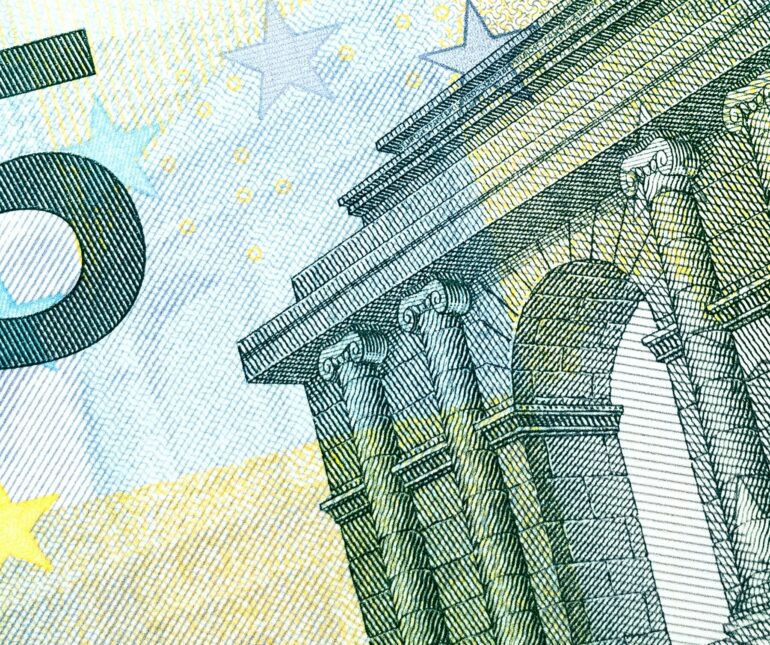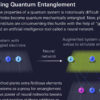In a study at the University of Twente, researchers discovered a way to scatter light in a special, symmetrical way using nanotechnology. This shows potential for future technologies such as anti-counterfeiting.
For the study, the researchers printed cubes about five times smaller than the diameter of a human hair, which consisted of rods in random directions. But by deliberately applying mirror symmetry to the cubes, something surprising happened. There was a huge increase or decrease in light intensity right on the symmetry line.
The study is titled “Mirror Symmetry in three-dimensional Multiple-Scattering Media” and was published in Physical Review Letters.
Symmetrical light scattering
Depending on the direction of vibration (polarization) of the incident light on the random rods, a bright line or an extra dark line could be seen on the cubes. This effect could be seen in the experimental design, but also calculated in advance.
“Calculating light scattering in such complex 3D structures was only possible with special software, developed at UT by (the team of) Ivo Vellekoop. It was therefore fantastic to see the effect in the real cubes as well,” says researcher Pepijn Pinkse.
Controlling light in a mirror-symmetrical environment offers opportunities for anti-counterfeiting, where you can create unique light patterns to check the authenticity of your passport, for example. The multiple scattering of light that occurs is very difficult to falsify. This could help to combat counterfeit products in the future.
In addition, the research is mainly done to gain more insight into the behavior of light at the smallest level. The precise behavior of light can provide insight into the smallest deviations during the production of microchips, for example. This allows errors to be detected at an early stage, without physically damaging the product.
More information:
Sudhir K. Saini et al, Mirror Symmetry in Three-Dimensional Multiple-Scattering Media, Physical Review Letters (2024). DOI: 10.1103/PhysRevLett.133.223802. On arXiv: DOI: 10.48550/arxiv.2310.04862
Provided by
University of Twente
Citation:
Light and symmetry study may offer opportunities for anti-counterfeiting (2024, November 29)



